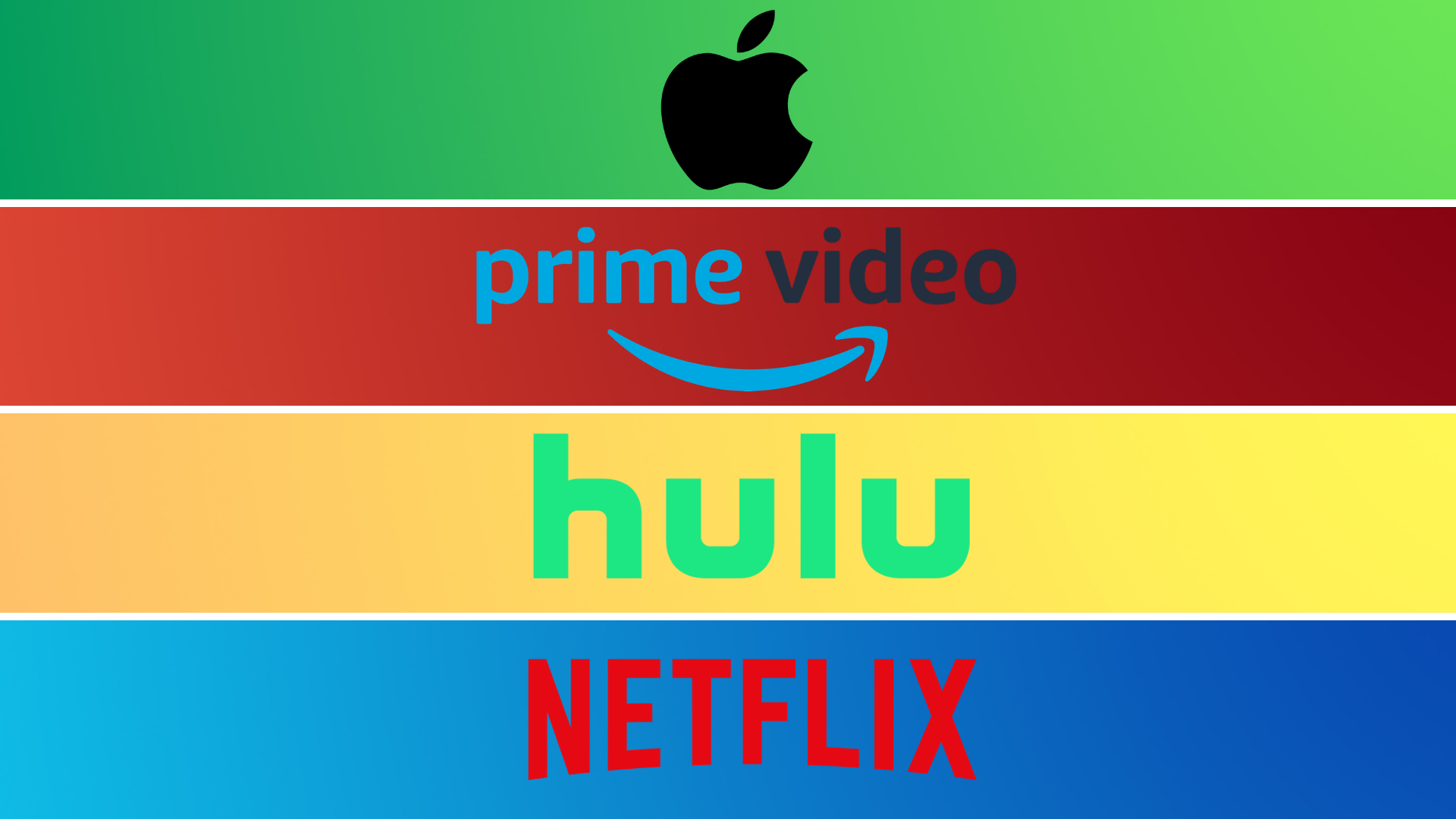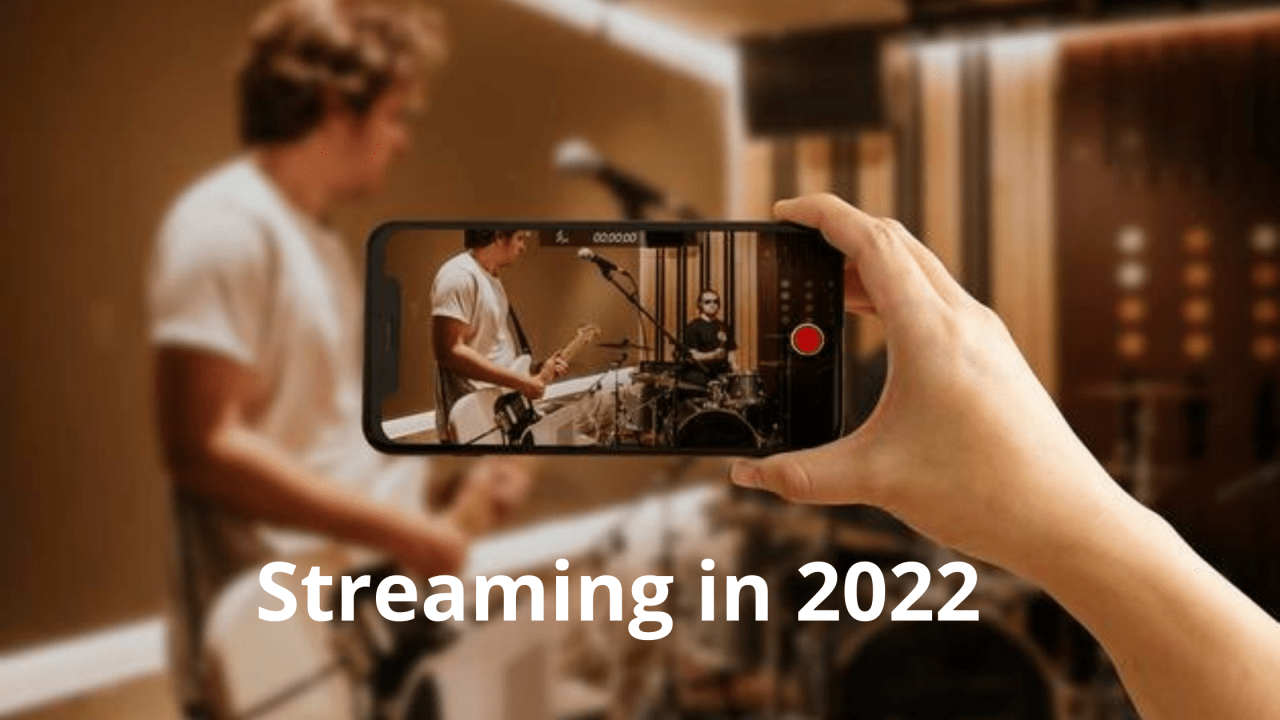Few key things that happened around the Ad Tech & Media Tech world this week.
Video on Demand (VoD) Market worth $87.1 billion by 2024
According to a research report “Video on Demand (VoD) Market by Solution (Pay TV, OTT Services, and IPTV), Monetization Model (Subscription-based, and Advertising-based), Industry Vertical (Media, Entertainment, and Gaming and Education), and Region – Global Forecast to 2024″, is expected to grow from USD 38.9 billion in 2019 to USD 87.1 billion by 2024, at a Compound Annual Growth Rate (CAGR) of 17.5% during the forecast period. The growing demand of personalized Television (TV) series at flexible timings by audience, digital advancement, and Improved connectivity are some of the major factors driving the growth of the VoD market. By Component, the services segment to hold the largest market size during the forecast period. VoD services have a full scope of usage, ranging from assistance to customers for deployment of solution, integration, and implementation, to cater to the specific needs of customers. VoD services help customers bridge legacy systems to modern applications and take care of training and implementation work so that customers can focus on their core business. This has created opportunities for vendors to provide services to enterprises across different industry verticals and help them deal with complexities while configuring the VoD solution. OTT services segment to hold the largest market size during the forecast period…More
Advertising industry regulator ASCI to set up task force for monitoring OTT ads
Advertising industry regulator ASCI is setting up a task force to monitor and regulate advertising on over-the-top (OTT) streaming platforms, at a time when OTT platforms such as Amazon and Netflix are exploring advertising revenue options to move beyond subscription-only models, while others such as Zee5, Disney+Hotstar, Sony Liv and Voot, which are already large platforms for advertising, continue to increase their user bases. “Advertising on OTT was not part of ASCI guidelines earlier; we are now working with the ministry of information & broadcasting to form guidelines and processes, which will monitor advertising on these platforms,” ASCI chairman Subhash Kamath said. While Amazon is planning advertising-funded video-on-demand for Prime Video, OTT giants Amazon and Netflix are both exploring advertising revenue options in India to move beyond subscription-only models and have been in talks with large advertisers for the same, two people directly aware of the developments said. “We are in constant conversation with various government entities on how we can create and evolve guidelines in the new media landscape; these will be a combination of existing and new guidelines,” Kamath said. He said ASCI is working closely in partnership with the government entities including the Central Consumer Protection Authority (CCPA), ministries of consumer affairs, I&B and Ayush, and food safety and standards regulator FSSAI, to fine tune existing guidelines and formulate new ones…More
Korea to develop AI translator in support for OTT industry
South Korea’s ICT ministry said Friday it will develop an artificial intelligence-powered translator for local video streaming services as part of its broader support plan for the fast-growing over-the-top (OTT) media industry. The Ministry of Science and ICT said it is pursuing the development of the AI-based translation technology as the country’s OTT market experiences rapid growth and local OTT services begin eyeing overseas expansion with their Korean-language content. South Korea’s OTT usage rate stood at 52 percent in 2019, compared with 42.7 percent the previous year, according to government data. Competition has become fierce, with local contenders Wavve, Tving, Watcha and Coupang Play eyeing a larger share of the local market against U.S. streaming giant Netflix Inc. The ICT ministry said it will strengthen support for local OTTs to capture more viewers, such as assisting coordination with device makers to target overseas markets. The ministry also plans to provide tax credits to encourage original content production and pursue a legal revision for OTTs to adopt a self-rating system for their content to speed up their release. To support small and midsized digital media companies and one-person media, the government has promised to set up a 26 billion-won (US$23.3 million) digital media fund. South Korea’s efforts to support homegrown video streaming services come as Netflix holds a tight grip on the local market…More
28% Of Display Advertising spend goes to Ad Tech Services: ACCC Inquiry
The ACCC has released the findings from its inquiry into the digital advertising supply chain, revealing there is a lack of competition and transparency that needs to be addressed. Regarding transparency, the inquiry suggests that pricing is a key concern for the industry. A lack of transparency means advertisers and publishers are unable to make informed choices when it comes to selecting ad tech services. According to the ACCC’s research, fees for ad tech services make up 28 percent of advertiser expenditure on display advertising impressions in Australia in 2019. “Advertising technology, or ad tech, has significantly transformed the way that advertising is delivered to consumers online. As consumers live more of their lives online, ad tech plays an increasingly critical role in the advertising market and the wider digital economy,” ACCC Chair Rod Sims [pictured] said. “But there is a real lack of competition, choice and transparency in this industry. These issues add to the cost of advertising for businesses, which will ultimately impact the prices paid by consumers.” The report again points to Google for its “market leading position” in ad tech and estimates its share of revenue or ads traded in different services (Advertiser ad server, demand side, supply side, publisher ad server) range from 50-60 per cent to between 90-100 per cent. Previous acquisitions made by Google – such as its purchase of YouTube and DoubleClick – has strengthened the company’s position in the ad tech market, according to the ACCC…More
Ad Tech Is Primed for Its Own Roaring ’20s
Where We Were: Prior to the Covid-19 pandemic, Google rocked the ad-tech world when it confirmed it would drop support for third-party cookies, the common currency for programmatic trading, in its Chrome web browser in 2022. After Adweek first reported that Google was contemplating the changes in March 2019, imitating policies in Apple’s Safari, the industry went into a state of what Ratko Vidakovic, founder of consultancy firm AdProfs, calls “systemic flux.” This prompted a raft of ID initiatives from multiple vendors that wanted to continue online ad targeting independent of third-party cookies. The Trade Desk, the largest independent ad-tech company outside of Big Tech, emerged as a market leader, helping drive adoption of the Unified ID 2.0 offering, the most successful of these initiatives in gaining popular support from vendors and publishers alike. Where We Are Now: Now, the market will have to consolidate around a handful of these IDs, all of which will need to be interoperable, but such consolidation isn’t likely to play out until the years after 2022. Without question, Covid-19 had an impact on programmatic advertising, but the shock, while immediate, was relatively brief because programmatic lent itself well to the recovering confidence of marketers, many of whom reasserted their advertising plans from late Q2 onward after a hiatus on spend during which corporations adjusted to the spread of the coronavirus. The fact that brands have realized they can adjust and optimize their ad campaigns more deftly using ad tech has set a welcome precedent, and will likely outlast the pandemic…More




